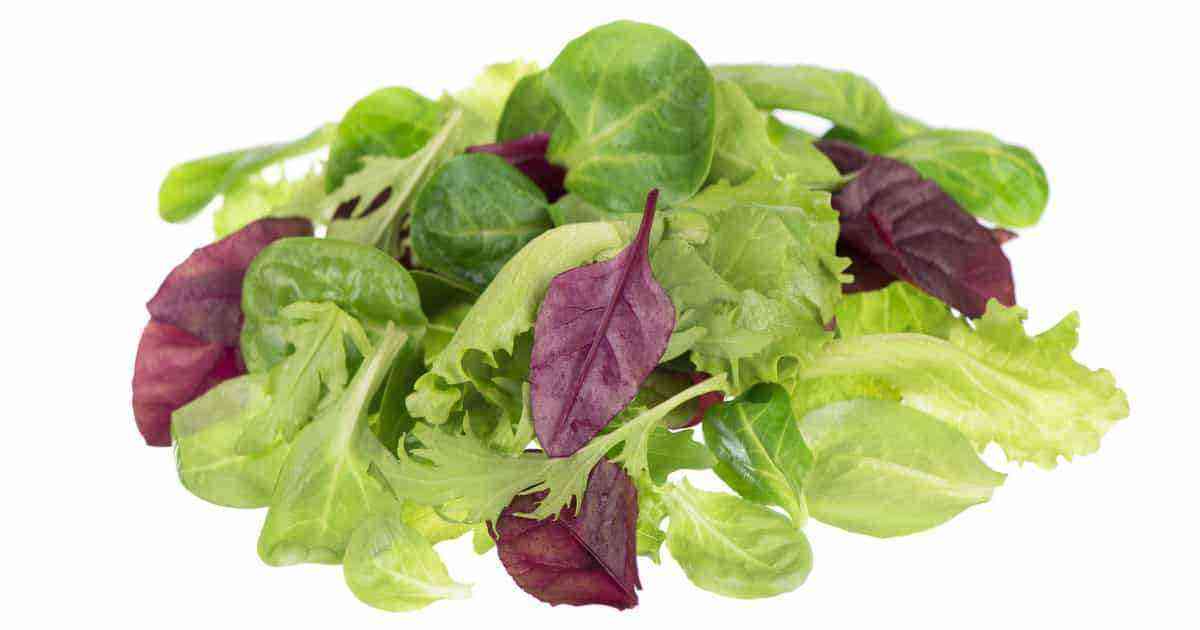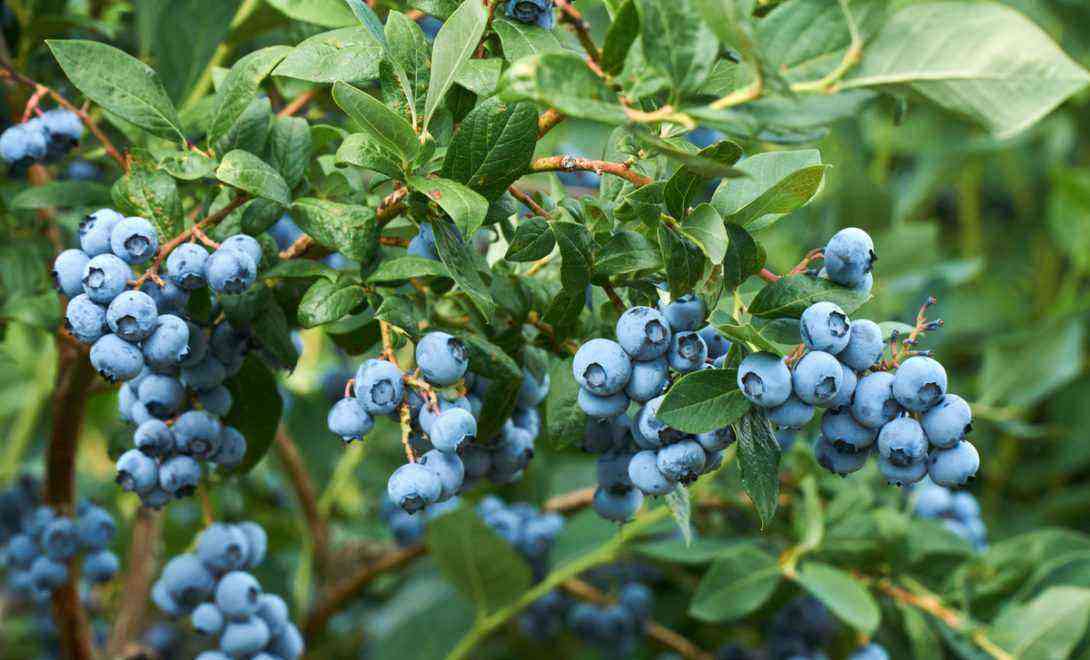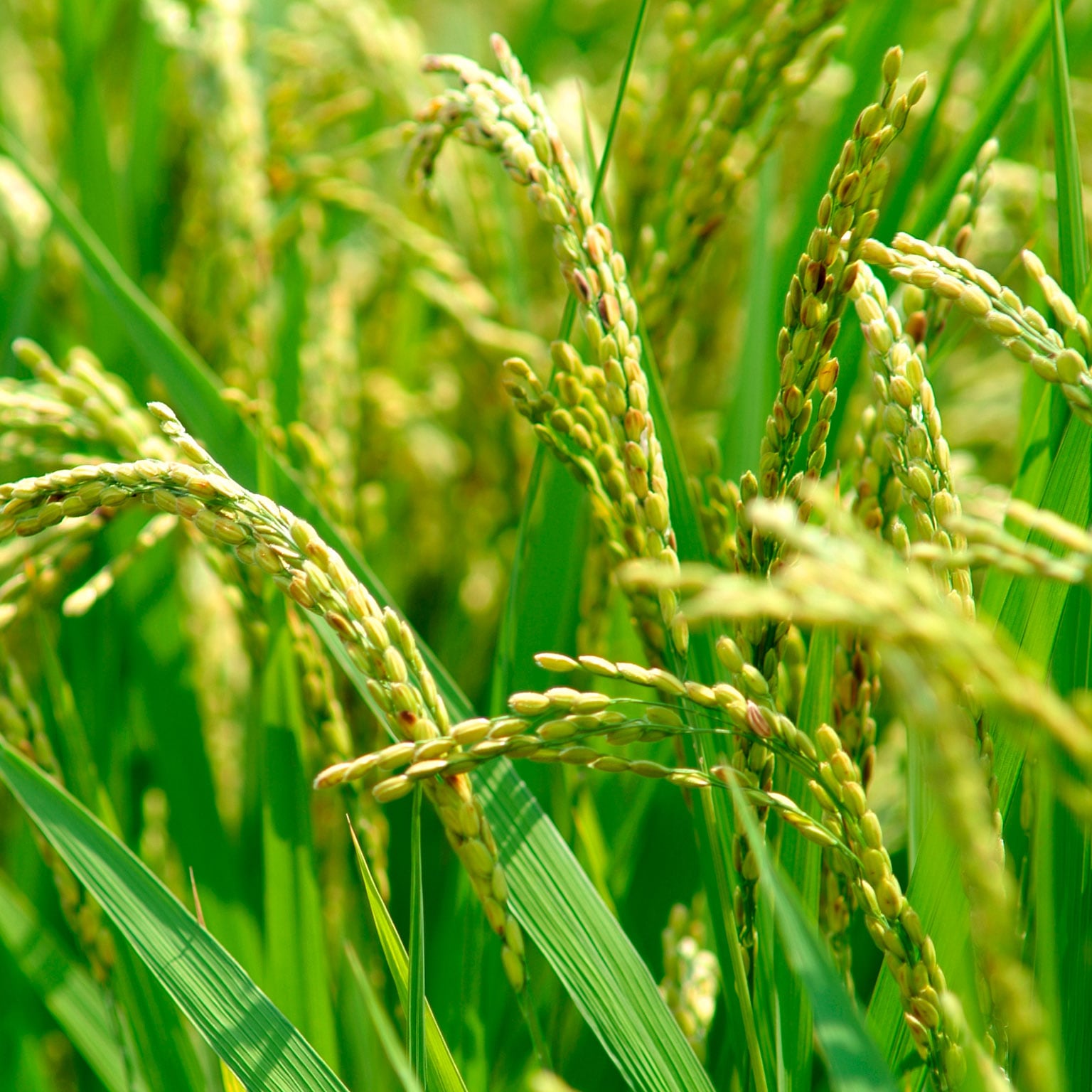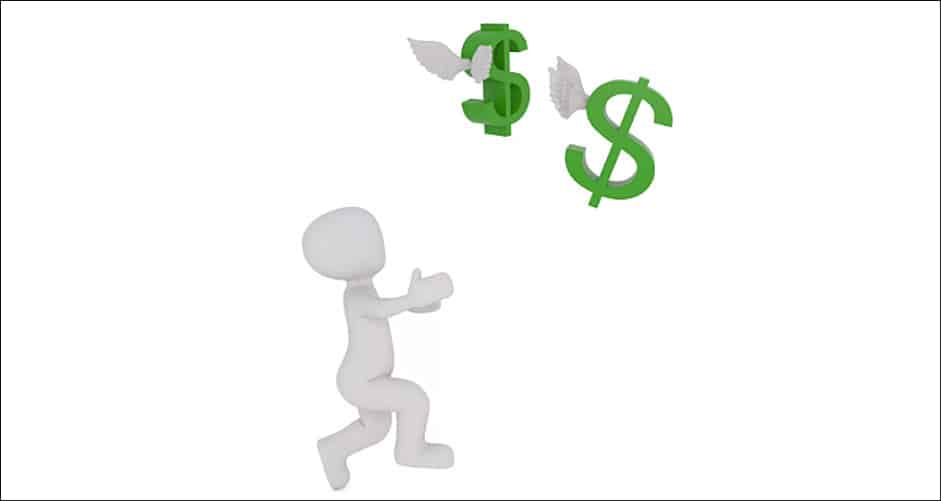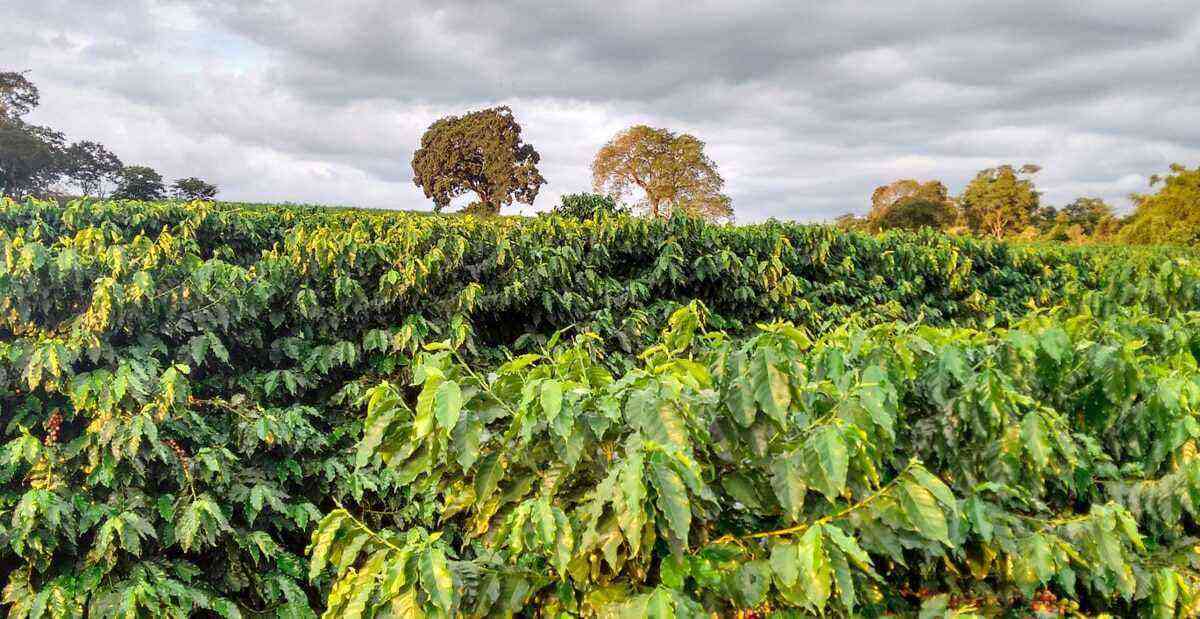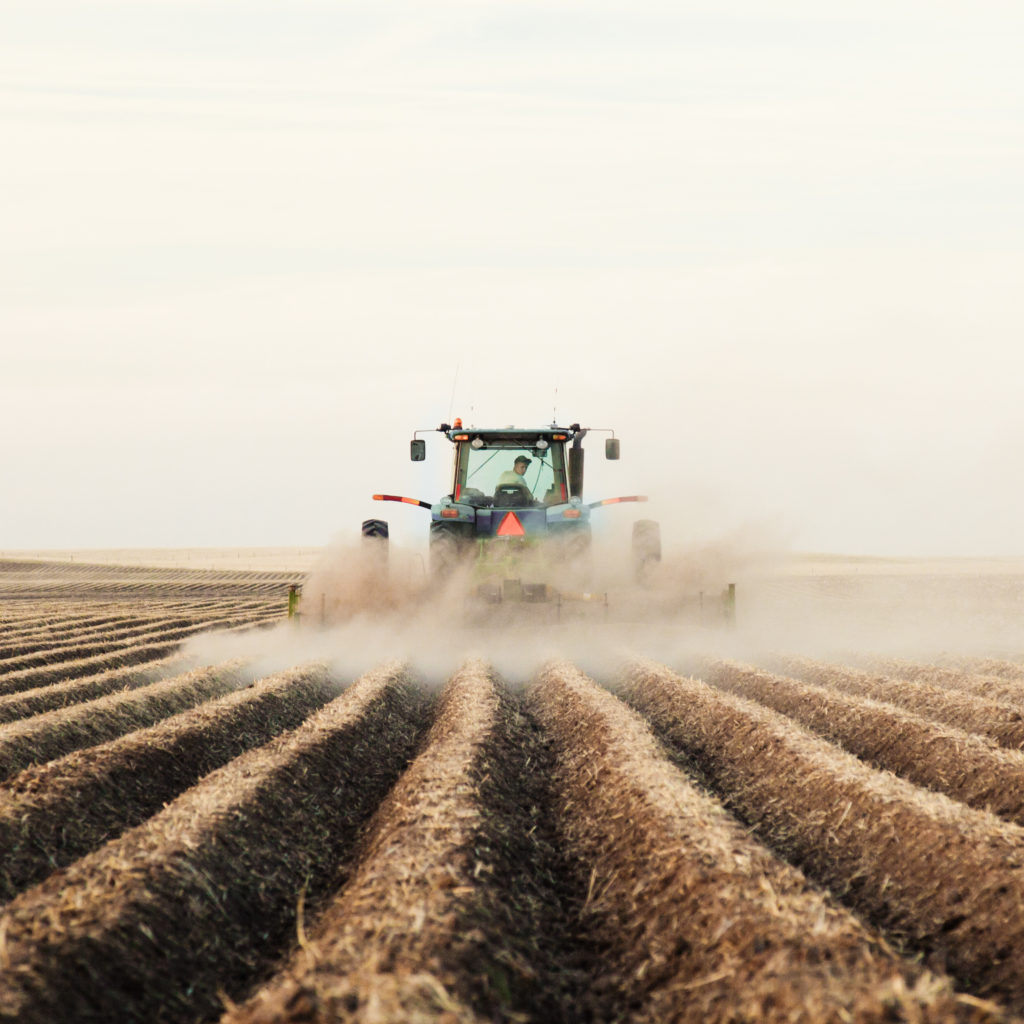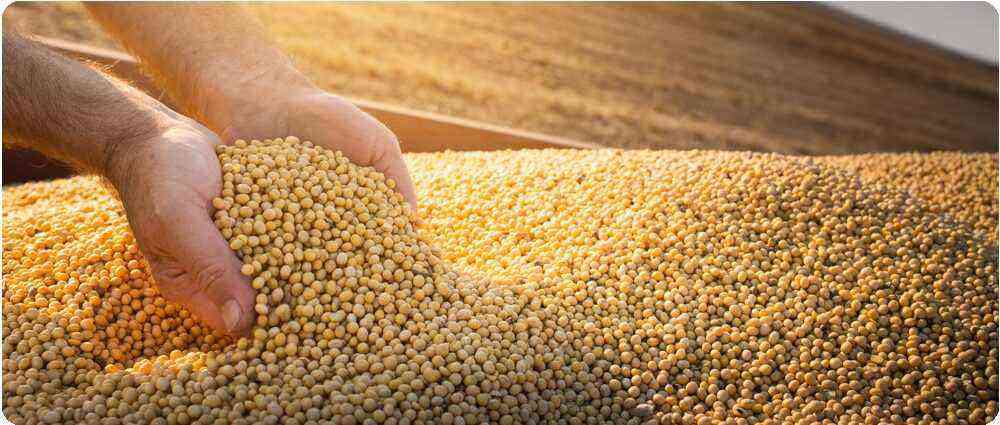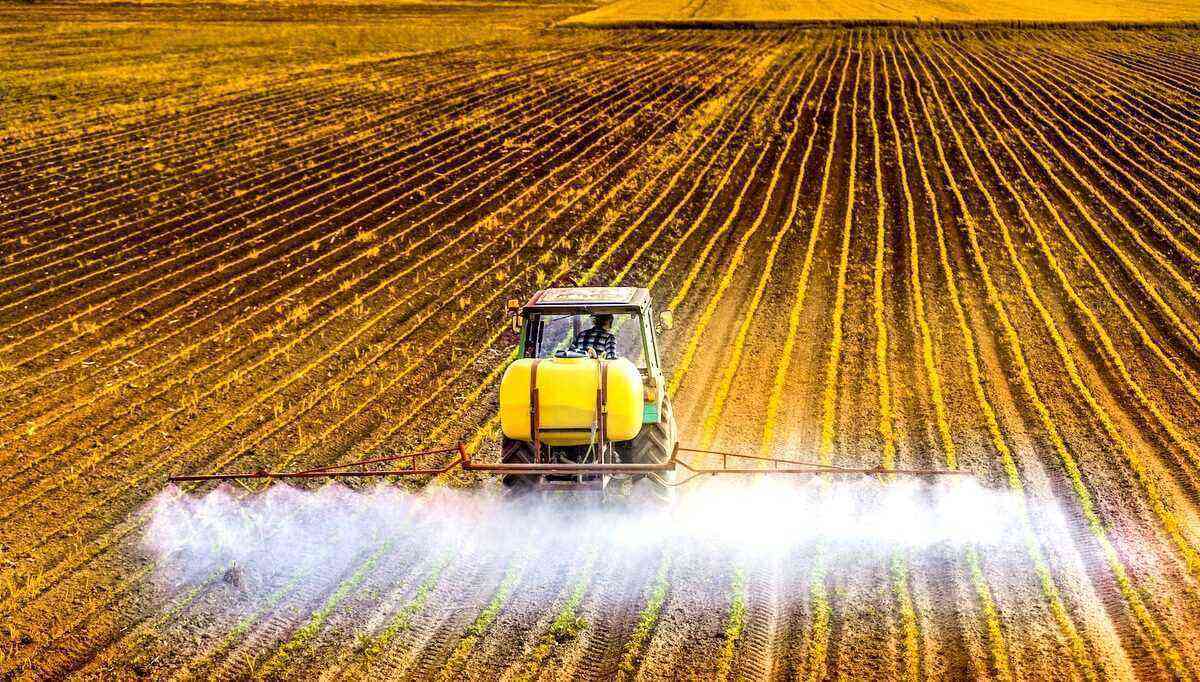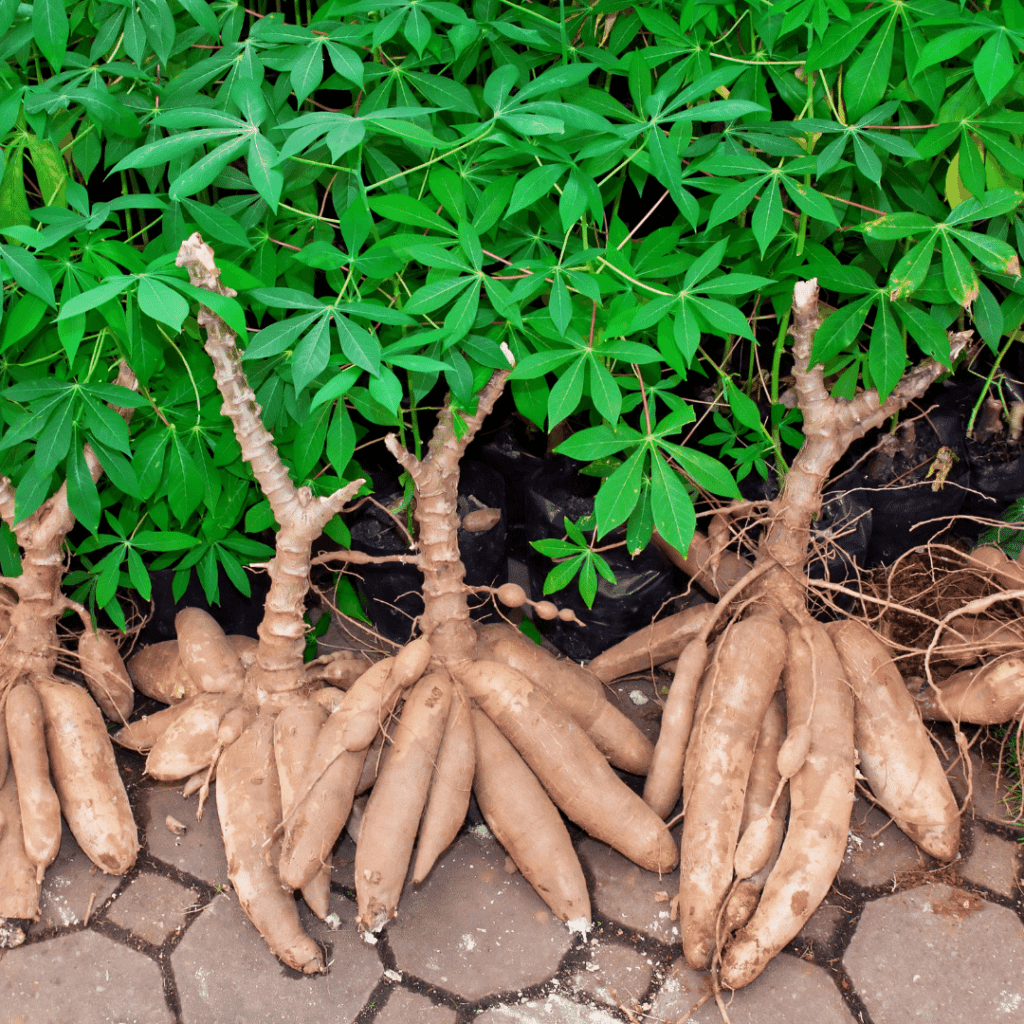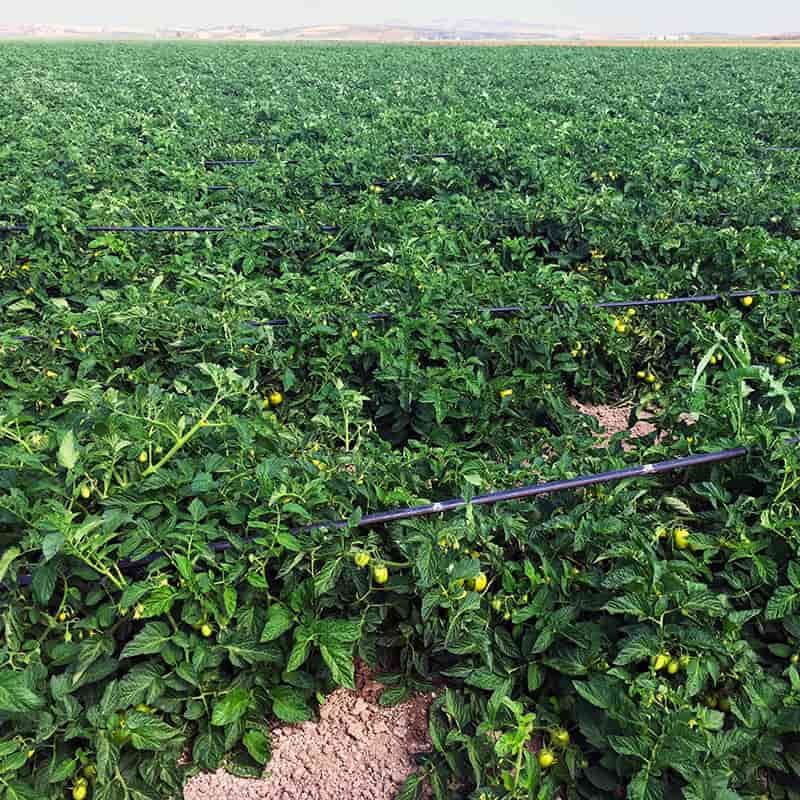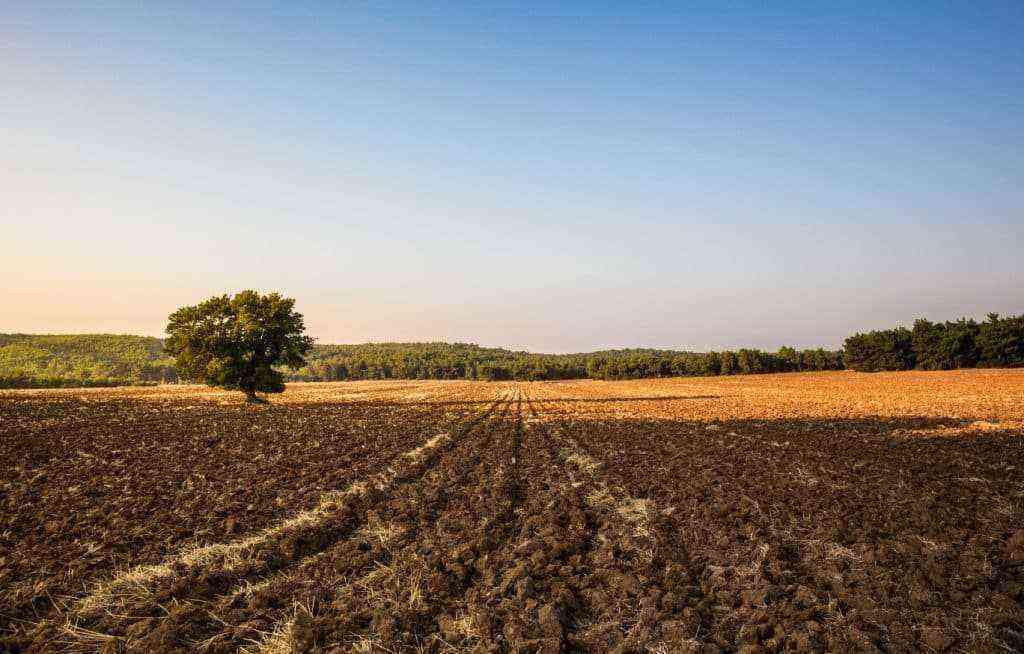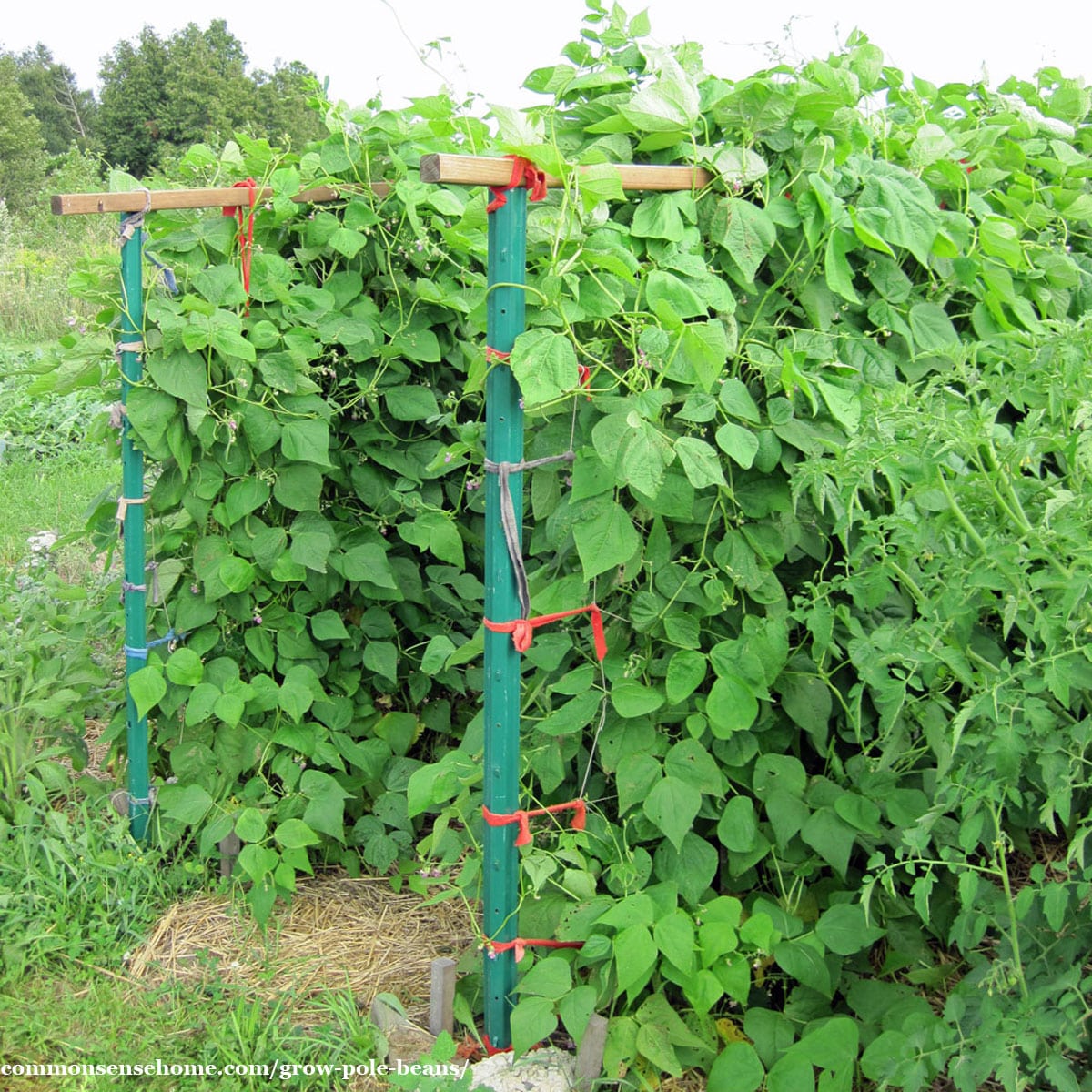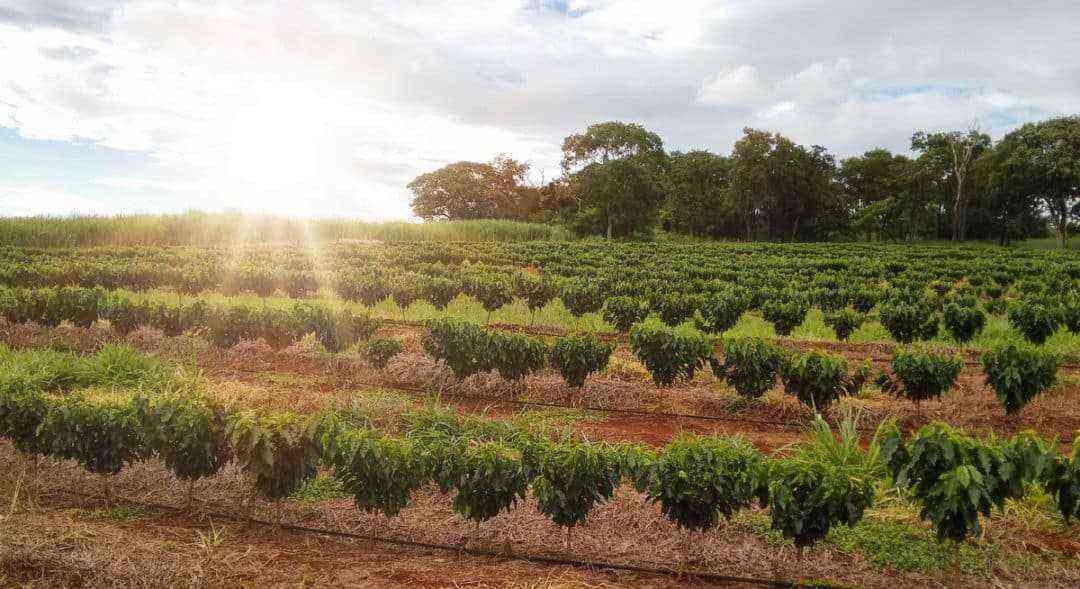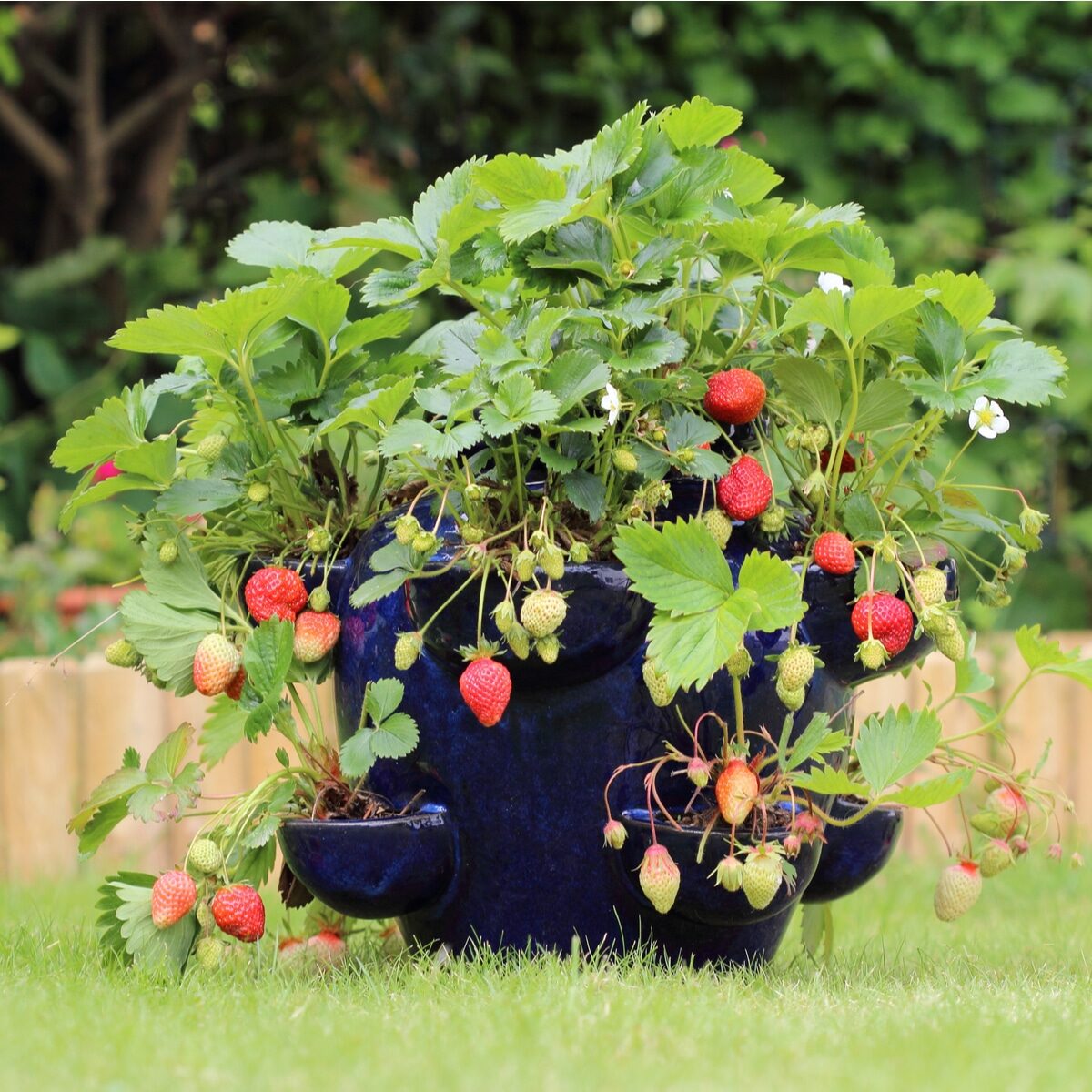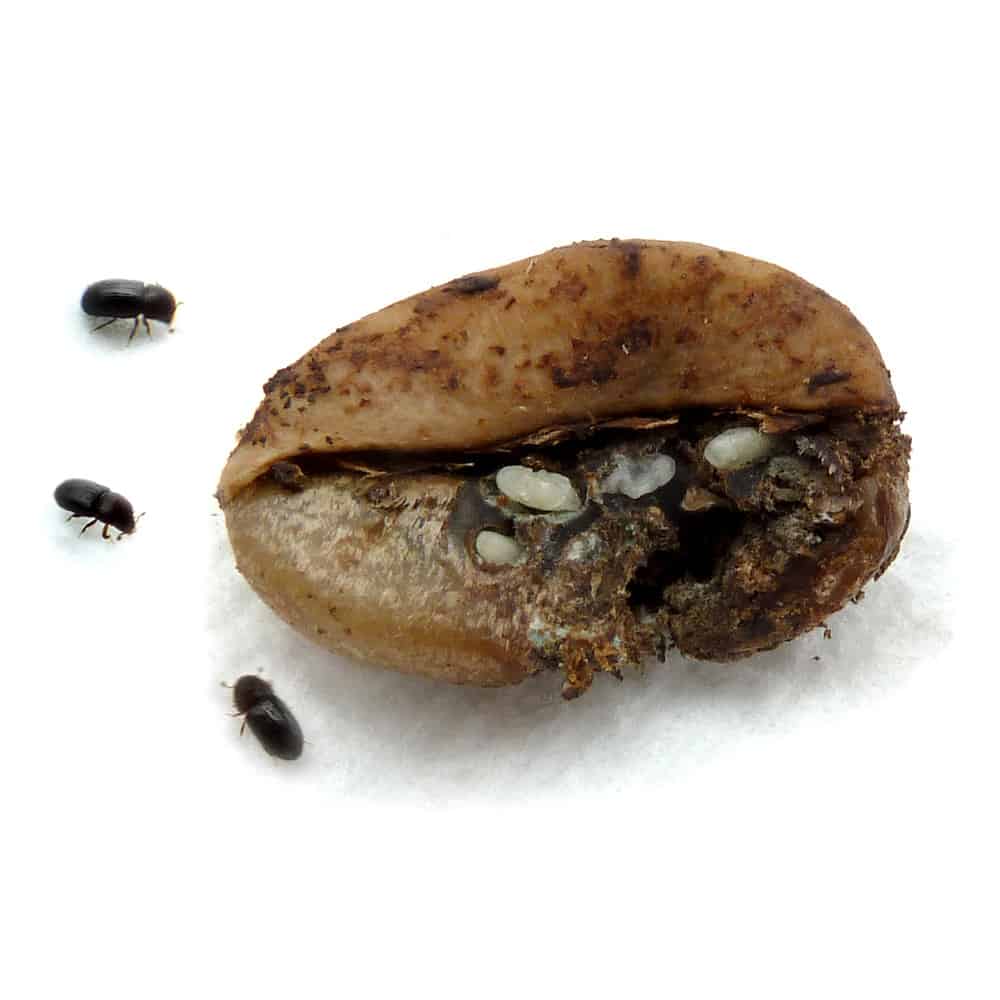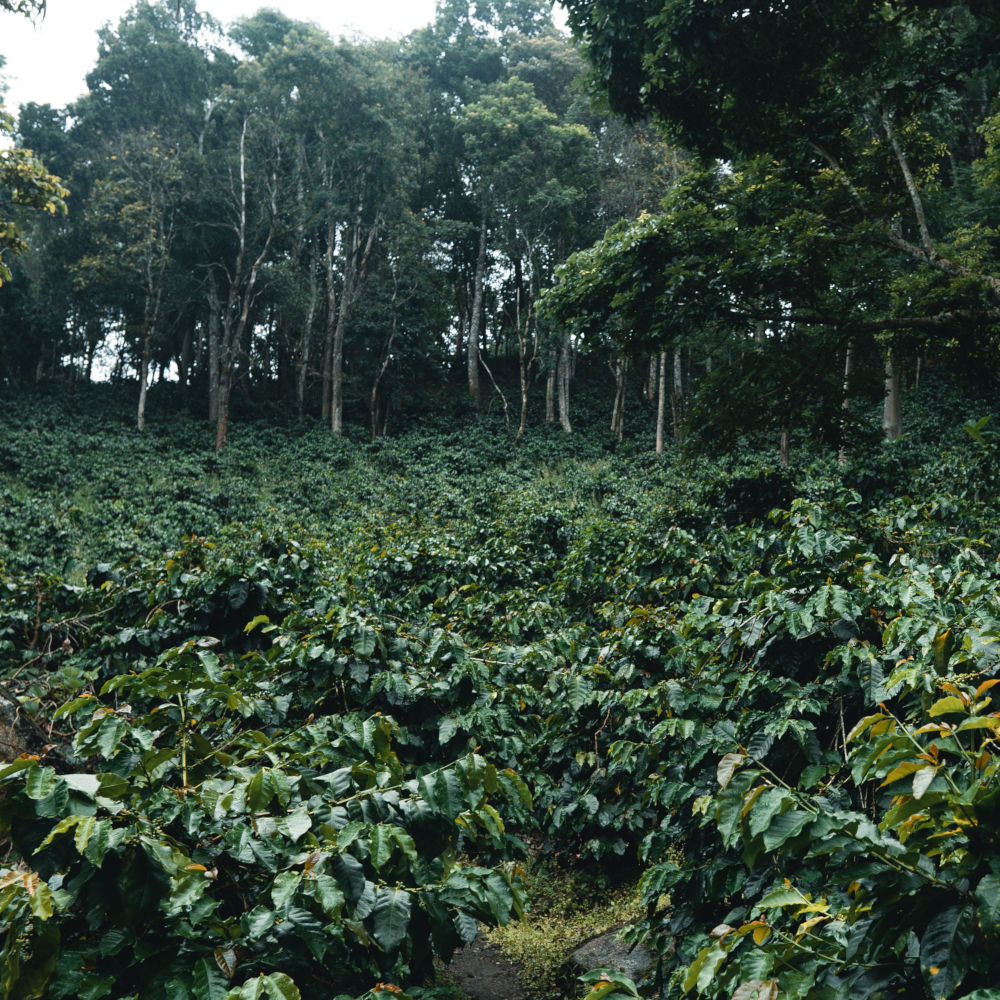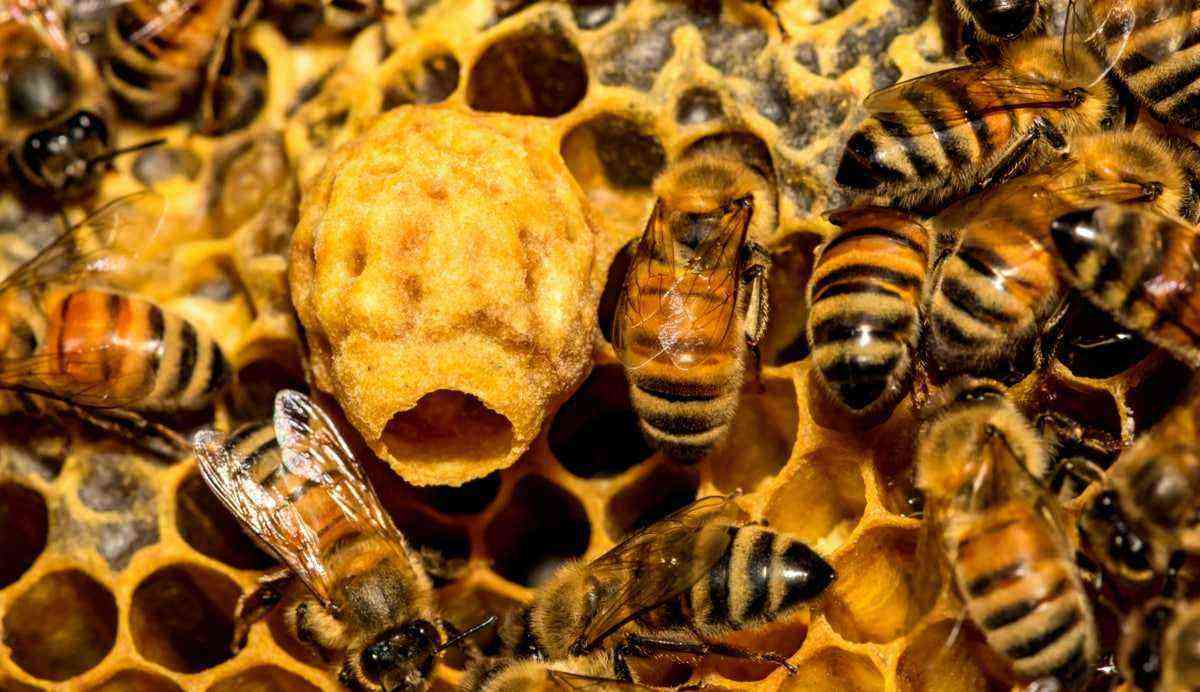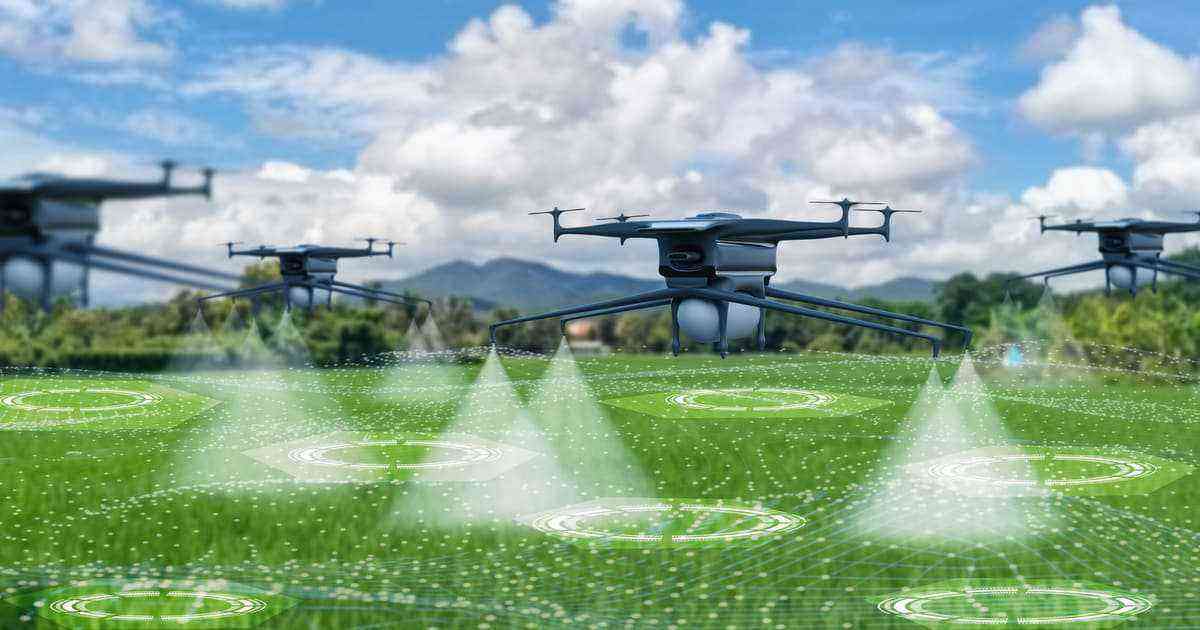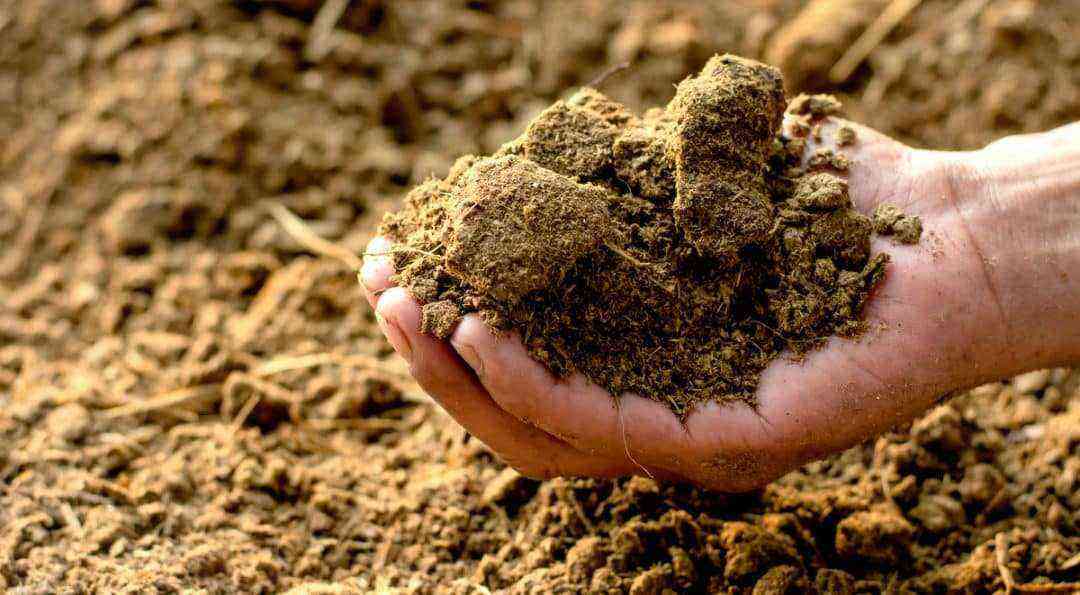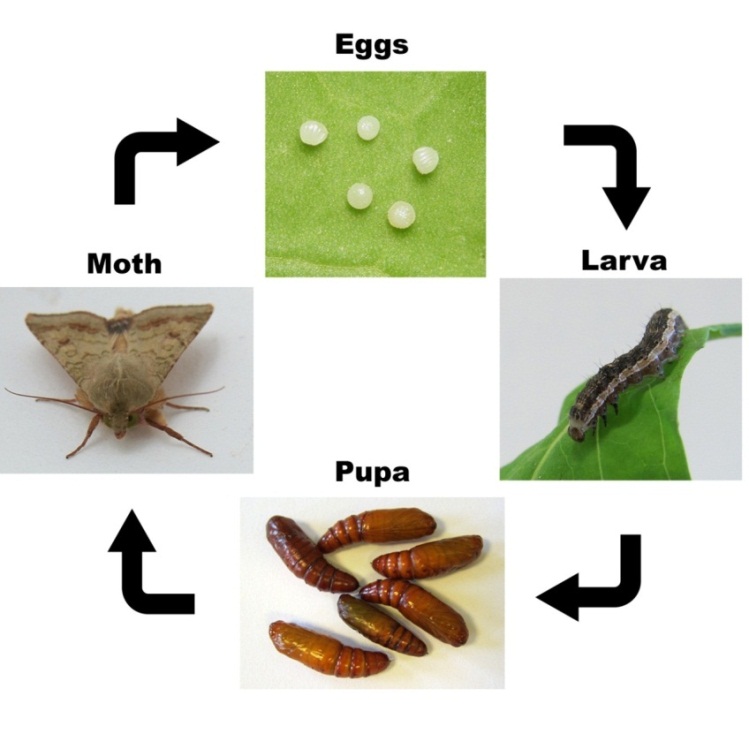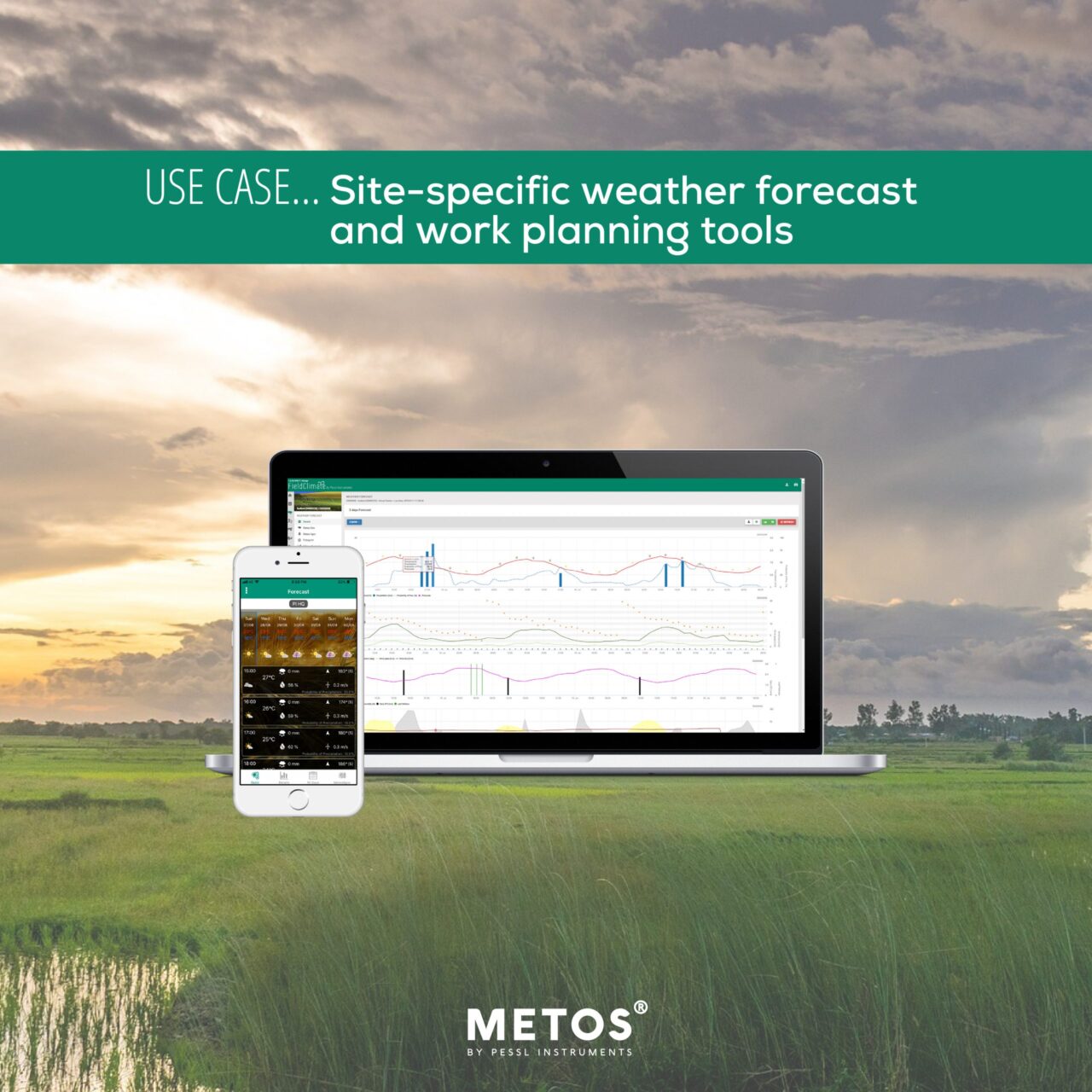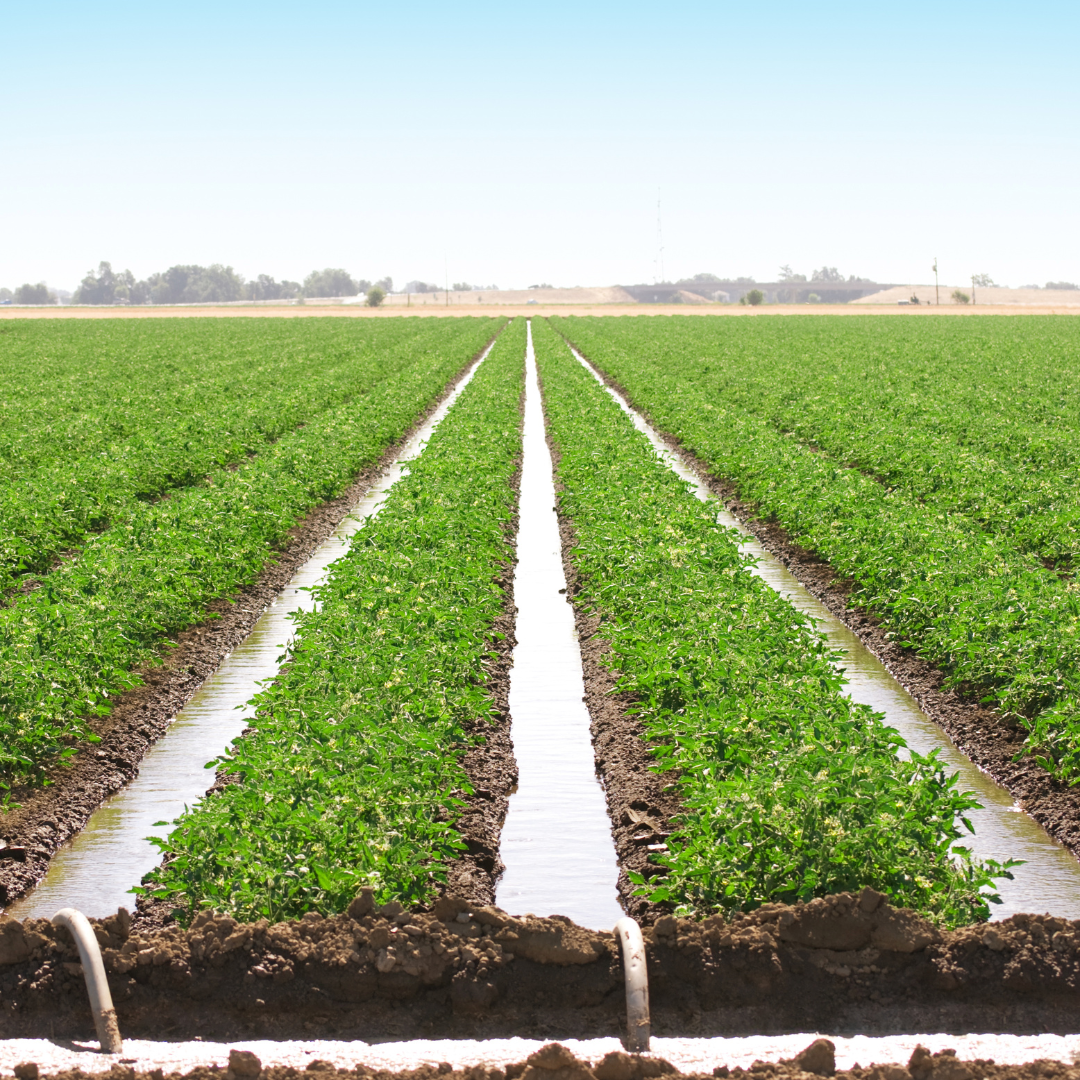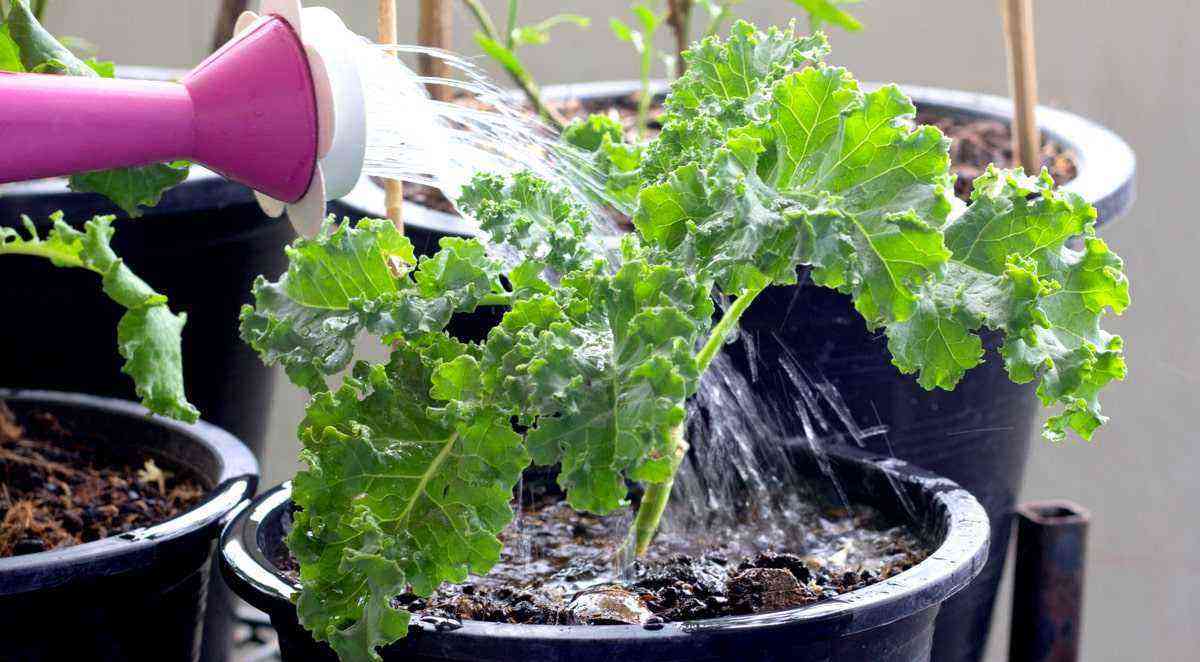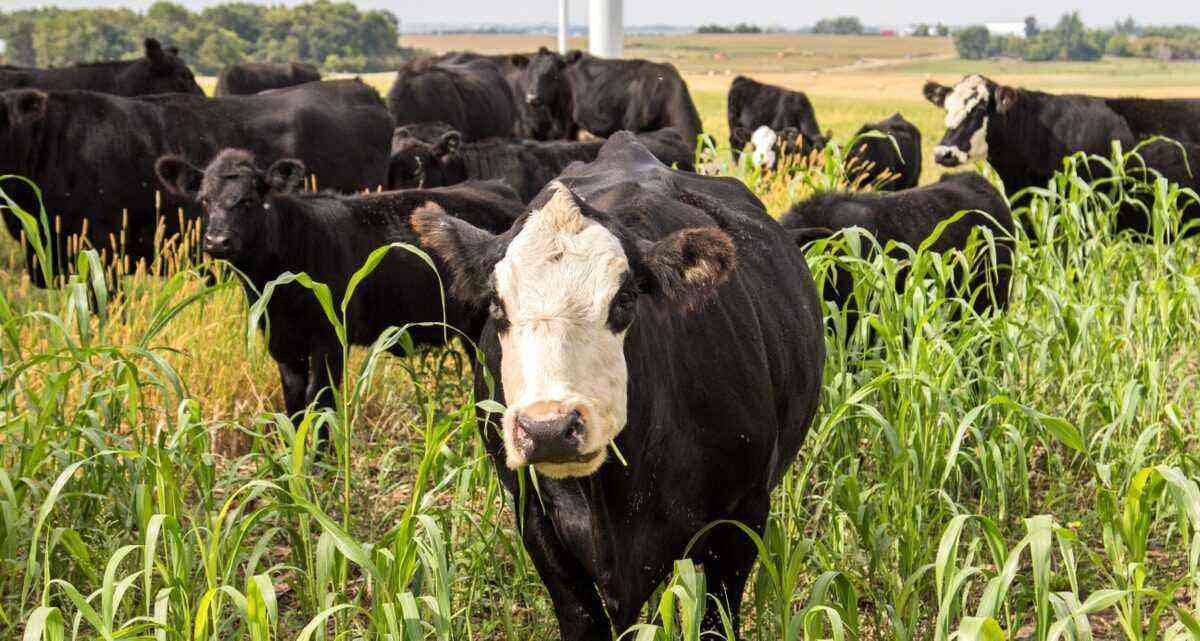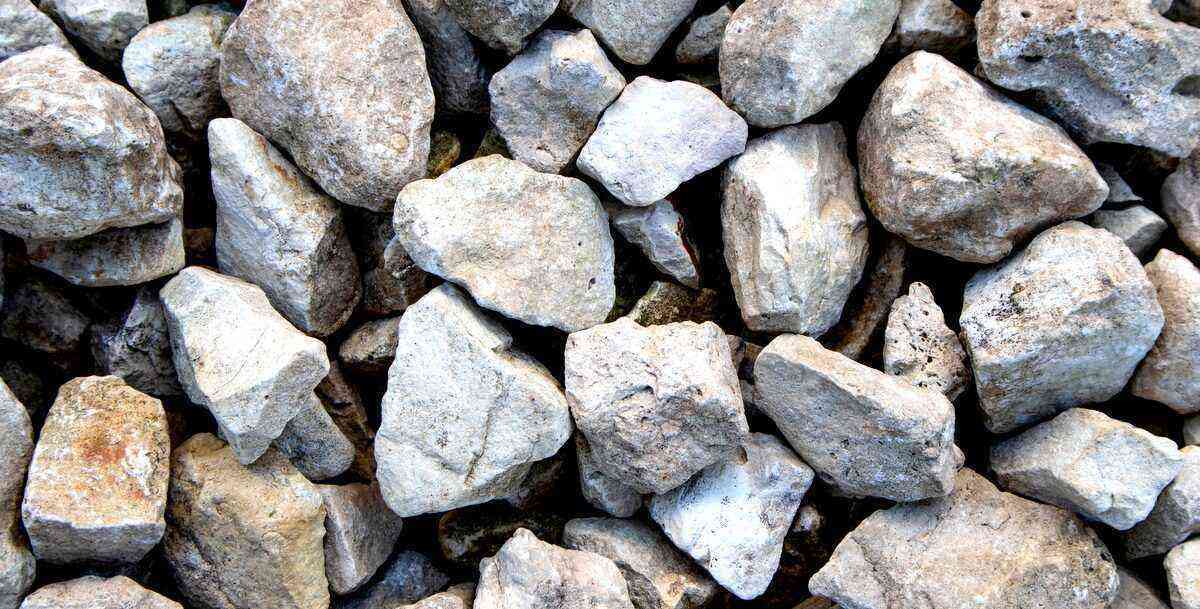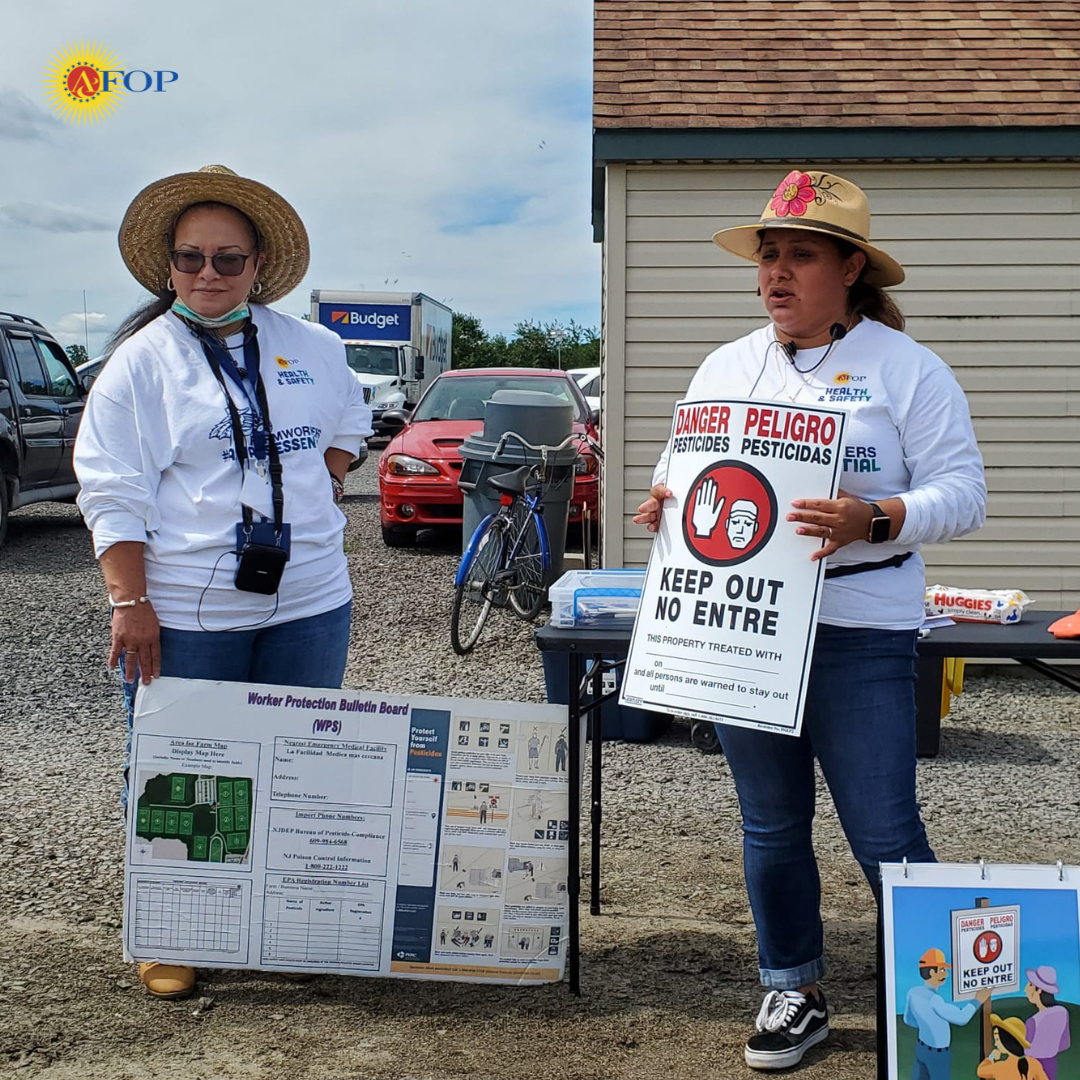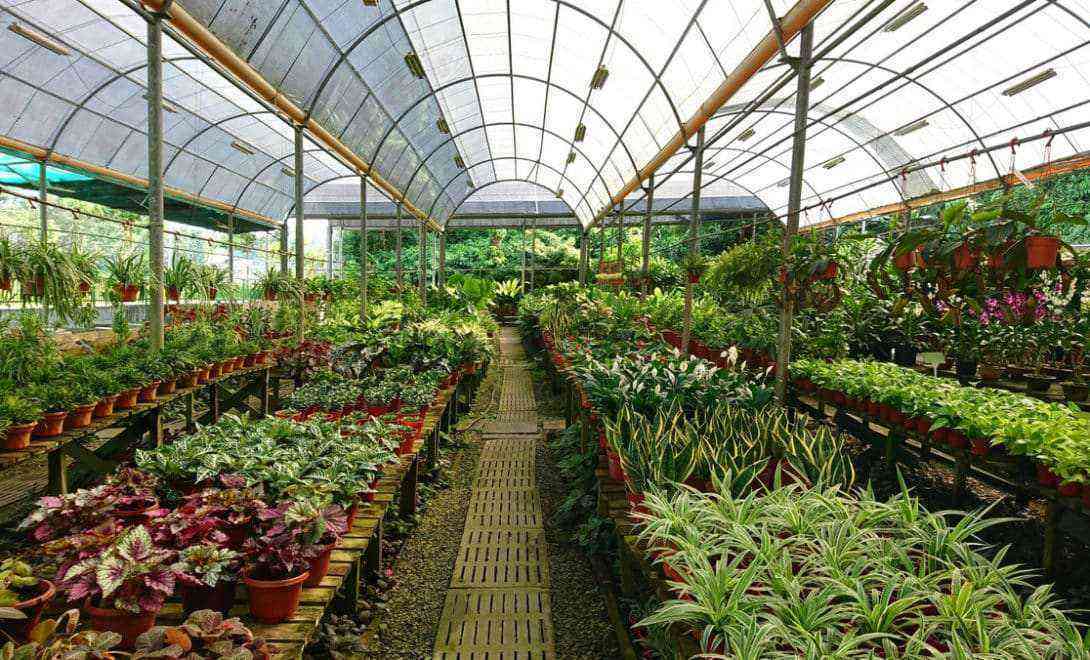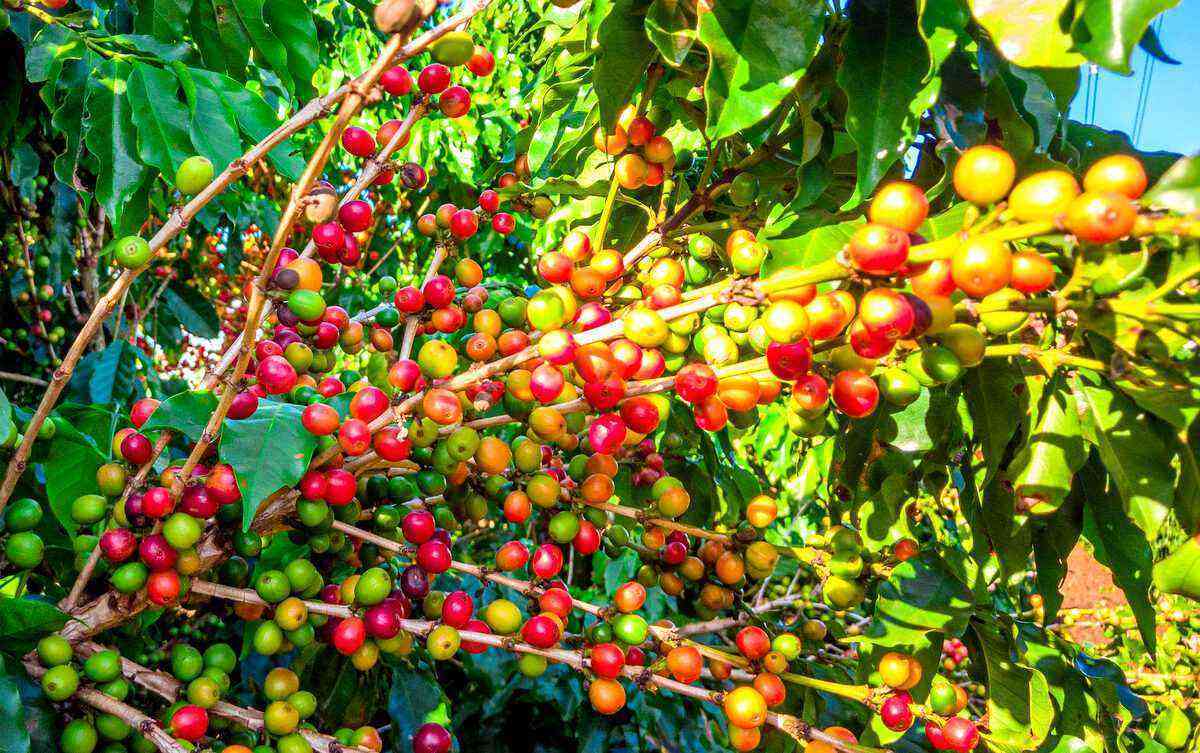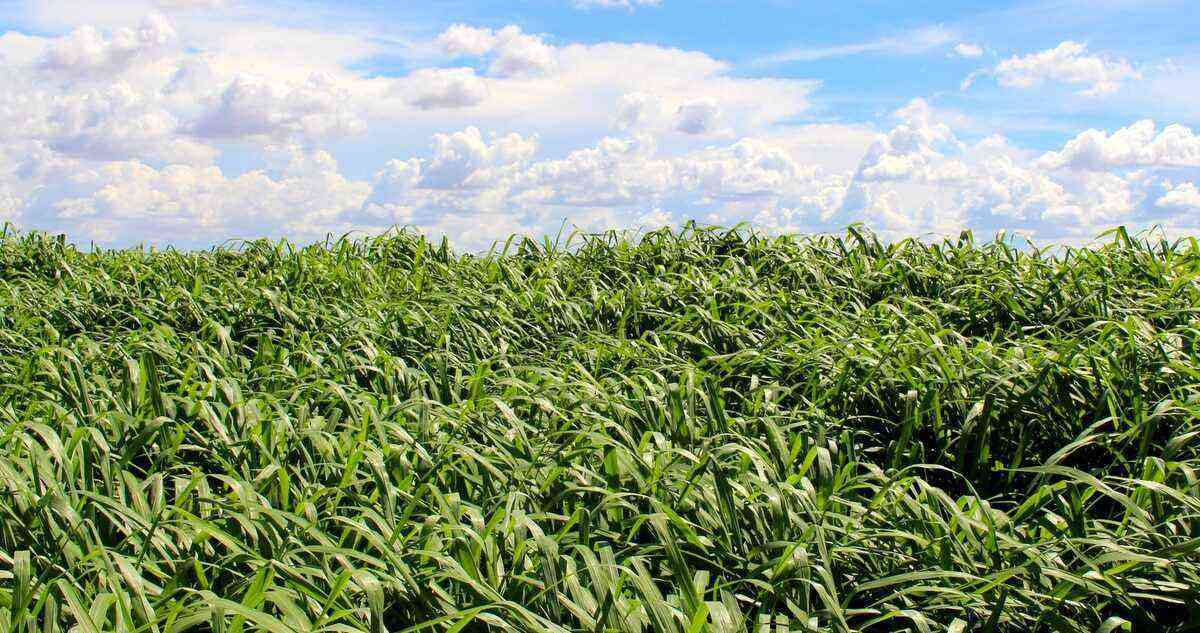Agricultural mechanization has revolutionized work in the field by facilitating the task in several stages, in planting, cultural treatments and especially in the harvest that is done more quickly.
But the producer must be careful. The correct use of equipment provides lower losses in mechanized harvesting and, consequently, the achievement of the long-awaited profit.
Mechanized harvesting operations have grown a lot, especially in the last 15 years, due to technological advances, replacing manual work that normally required a large number of rural workers and was carried out for a much longer period, raising the cost of the service.
Studies show that in the case of coffee, the cost of mechanization is between 30 and 50% lower than that of manual harvesting. For sugarcane, mechanized harvesting generates savings of around 30%.
The adjustment of the equipment is of fundamental importance so that losses in the harvest are avoided. Poor adjustment of the harvester represents 80% of the losses and only 20% are due to the wrong handling of the crops.
In soybean harvesting, for example, unregulated machines can cause significant losses, ranging from about 2 to 3 bags per hectare, while what is acceptable by Embrapa is losses on the order of 1 bag per hectare.
Mechanized harvest planning
Losses occur in all harvesting processes, regardless of the crop, be it corn, coffee, soybeans, cotton, beans, oranges or others. In Brazil, it is estimated that around 2 bags per hectare are not effectively harvested, that is, twice the amount tolerated by Embrapa.
With the mechanization of the harvest, the expectation is that this volume of losses will be smaller. The lack of correct adjustment of the harvester, as we have already seen, as well as errors in the adjustments in the process, such as harvesting in the wrong conditions of speed, rotation and humidity of the crop, can harm the harvest.

With the mechanization of the crop, the harvest becomes faster with the expectation of lower losses.
When opting for mechanization of the harvest, the producer must be attentive even before planting. It is necessary that the cultivation area is properly prepared and has been planned to carry out this type of task.
For a harvester to be able to circulate, for example, the field needs to be cleaned. Rocks, stumps and other obstacles should be moved out of the way. Sharp gaps, such as holes, must be properly corrected to avoid the risk of accidents or damage to the equipment.
Another important factor for the use of equipment that will harvest is to plan maneuver areas, remembering that the machines are large and need this space without harming the crop. Also pay attention to the planting spacing and pay attention to its direction to facilitate the operation of the operator.
This prior planning is important to avoid losses during mechanized harvesting, since after planting it is no longer possible to make these adjustments.
Examples of mechanized harvesting
Coffee and sugar cane are two examples of crops that traditionally had manual harvesting, but which in recent years have become mechanized.
In the case of sugarcane, for example, it eliminates the need for burning (harvesting raw sugarcane), in addition to leaving the straw in the system. In Brazil, a sugarcane harvester is capable of having an average production of 700 to 1.000 tons per machine/day, with efficiency in mechanized harvesting. To give you an idea, it replaces the work of 100 men.

Mechanized cane harvesting replaces the work of approximately 100 men.
In relation to coffee, mechanized harvesting has been growing year after year, as a way of reducing costs, speed and greater yield. The coffee harvester does the work of approximately 200 men.
Even with all this savings in labor, it is still necessary for the transfer, due to the beans that remain on the ground or that are left on the branches, which can favor the proliferation of the coffee berry borer during the off-season, one of the main pests of the world coffee.
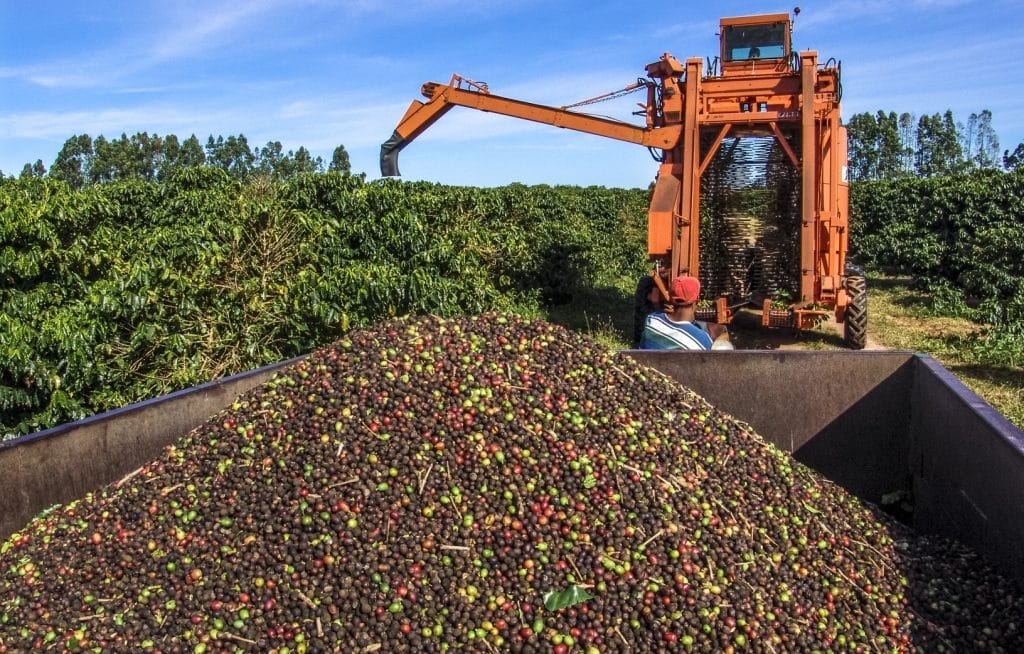
Mechanized coffee harvesting must be performed very well to avoid losses in the process.
In other crops where mechanization is traditionally used, such as soybeans and wheat, the producer must also pay attention to avoid losses with the inappropriate use of equipment. In Brazil, it is estimated that the reduction of waste would lead to an extra gain of R$ 440 million just for soy producers.
Harvester speed is an example. The recommended limits for harvesting soybeans range from 4 to 7 km/h. Excessive speed can compromise the operational capacity of the separation and cleaning system, which cannot process all the vegetable mass when there is a large flow of material. In practice, significant losses.
Care to avoid crop losses?
- Pay attention to weather conditions. Strong gusts of wind and rain, for example, can cause many grains to fall to the ground and be lost. In addition, it will increase the moisture of the grains, which reduces their quality, with the possible appearance of fungi, increasing production costs with drying and storage of the production.
- harvest planning. It starts with choosing the right seeds for the type of climate and terrain where they will be planted, in addition to considering the availability of machines and silos. Keeping machines and harvesters always available is another way to ensure that there is no loss of grain, because when you decide to harvest, work can start.
- choice of equipment. Choosing the right machine for your crop is essential for the results of the harvest. Take into account the size of the planting area, type of production and the time available to complete the harvest.
- Harvester adjustment. The producer ends up losing what has already been produced, that is, time and money that do not give the expected return. As mentioned above, care with the speed and periodic maintenance of the harvesters is also essential. Examples: keep cutterbars sharp and regulated; calibrate the track system to avoid too many gaps; adjust the sieve and fan; lubricate and keep all components clean for each season.
- Invest in training. A good harvest is supported by the tripod: plant, machine and operator. The person responsible for driving the equipment must be well trained for this function, that is, know the details of the machinery, such as cutting, feeding, cleaning and unloading.

The speed of the equipment is another factor that can cause losses in the harvest.
In view of everything we have seen, it is clear that opting for mechanized harvesting makes a lot of sense, especially when the cultivation area is larger, however, one must plan well and be aware of important points to avoid losses with this process.
See also: After harvest, coffee grower must monitor soil fertility

